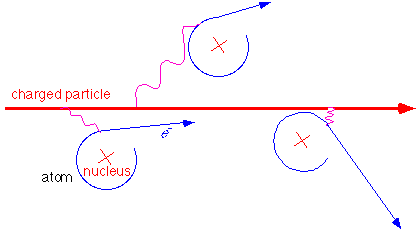
Physics of Particle Detection
(Everything from geiger counters to the ALEPH detector.)
Charged particles passing through matter
primarily due to
(a) collisions with atomic electrons
(b) scattering from atomic nuclei
These interactions occur frequently
Other processes
(c) bremsstrahlung
(d) coherent em radiation
(e) inelastic nuclear reactions
Ionization Energy Loss

For a heavy (M>me), fast (b> a) charged (Q=ze) particle, the ionization energy loss per unit distance travelled in a medium is:

| n | density of electrons in medium |
| I | effective ionization potential of atoms in medium (~10 eV) |
| d | "density effect" due to screening of charged particle's electromagnetic field by polarization of atoms in medium
d asymptotes to [2 ln(g) + constant] for g>>1 |
| C/Z | "shell corrections" important when b ~ batomic electrons ~ a |
| n | higher order QED corrections important when b ~ a |
Effective ionization potential (I) / atomic number (Z)
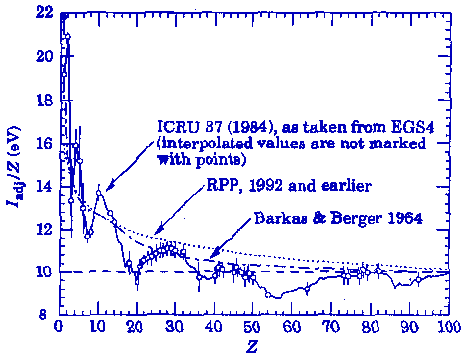
Figure 22.4 of Review of Particle Properties , Phys. Rev. D 54, No. 1. (see also the Mass Spectrometer experiment in the 3/4th year labs.)
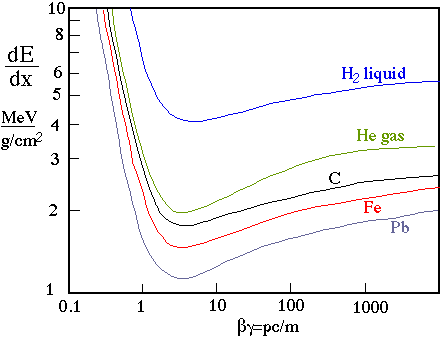
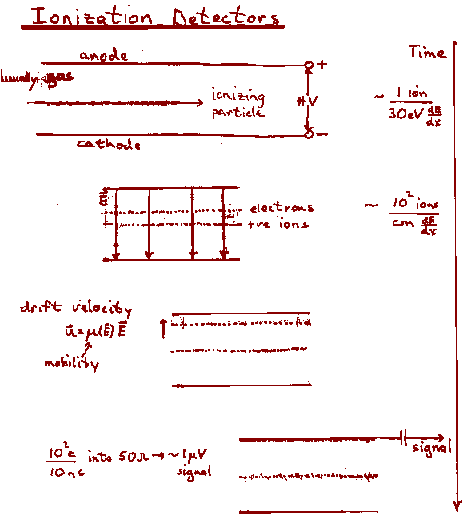

Bremsstrahlung
All charged particles scatter from the atomic nuclei and electrons when passing through a medium. When a charged particle is accelerated it radiates, so scattering of charged particles produces radiation. The radiation produced by charge particles passing through a medium is know as "bremsstrahlung".
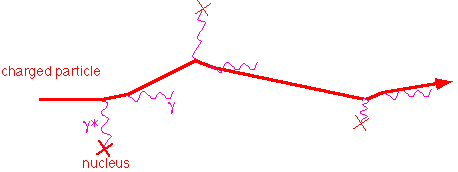
The mean bremstrahlung energy loss of a charged particle (mass M, charge ze) is
where the radiation length, X0, for the medium (atom density na and atomic number Z) is approximately given by
Bremstrahlung dominates the energy loss of electrons above the critical energy, Ec; ionization dominates at lower energies.
Energy loss of electrons
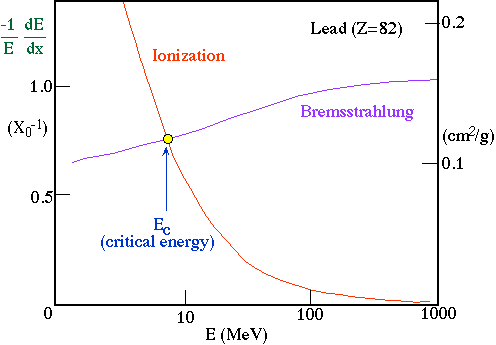
The critical energy (in lead) of the electron is about 7 MeV; the critical energy of the next lightest particle (the muon) is about half a TeV.